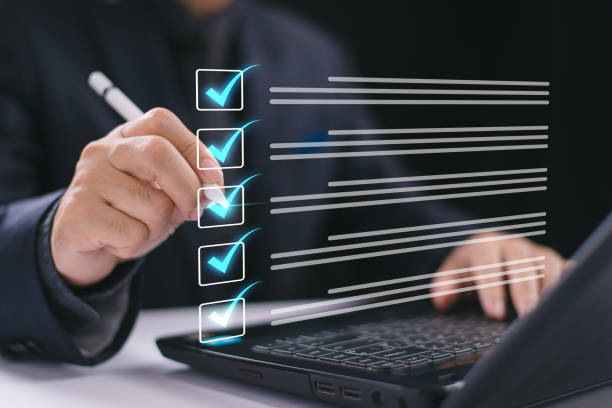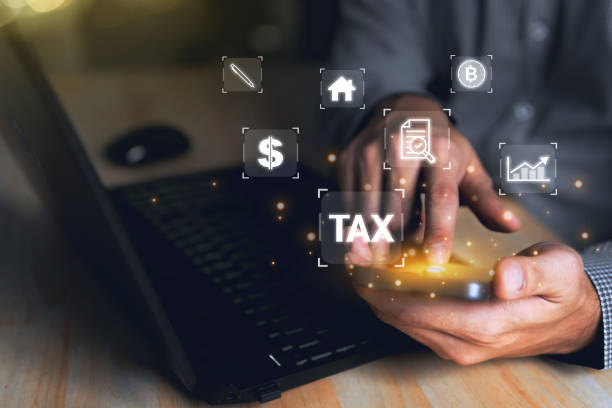What is On-Page SEO and Why Does It Matter?

On-Page SEO is a collection of techniques and actions performed to optimize website pages in order to improve rankings in search engine results like Google.
This process includes optimizing content, site structure, HTML tags, and other internal factors that help search engines better understand the site’s content and recognize its value to users.
SEO is crucial because it helps you have more control over the factors that affect your site’s ranking.
By improving on-page SEO, you can increase your site’s ranking in search results, attract more traffic, and ultimately achieve your business goals.
Important factors in on-page SEO include #choosing_appropriate_keywords, optimizing title and meta descriptions, improving page loading speed, creating high-quality and relevant content, using optimized heading tags, and having an appropriate URL structure.
Optimizing on-page SEO helps search engines find and index the content of site pages more easily, and helps users quickly access the information they need.
Are you worried about the low conversion rate of your online store and not achieving your desired sales?
Rasaweb is your specialized solution for having a successful online store.
✅ Significant increase in conversion rates and sales
✅ Professional and user-friendly design to attract customer satisfaction
⚡ Are you ready for a transformation in online sales? Get a free consultation!
Keyword Research and Content Strategy
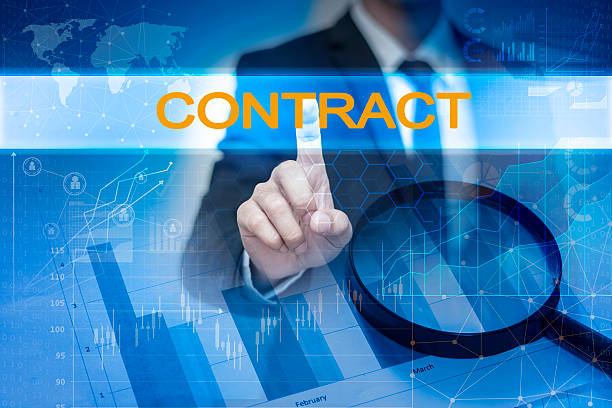
Keyword research is an essential part of the on-page SEO strategy.
First, you need to identify keywords related to your business area and website content.
You can use various tools like Google Keyword Planner, Ahrefs, and Semrush for this purpose.
These tools help you find search volume, competition level, and related keywords.
After identifying the keywords, you should use them naturally and strategically in your website content.
Avoid using excessive keywords (Keyword Stuffing), as this can lead to your site being penalized by search engines.
Content strategy also plays an important role in on-page SEO.
You need to create high-quality, relevant, and valuable content for users.
Your content should answer users’ questions, solve their problems, and provide useful information.
Also, update your content regularly to keep your site fresh and engaging.
Using different types of content such as text, images, videos, and infographics can also help improve on-page SEO and enhance the user experience.
Given the importance of keywords and content strategy, investing in these two areas can have a dramatic impact on your site’s ranking in search results.
Optimizing Title and Meta Descriptions
![]()
The title and meta descriptions are two very important elements in on-page SEO that play a significant role in attracting users from search results.
The page title (Title Tag) should provide an accurate description of the page content and include the main keywords.
The page title should be attractive and persuasive to encourage users to click on your site’s link.
The length of the page title should be between 50 and 60 characters to be fully displayed in search results.
The meta description should also provide a summary of the page content and include relevant keywords.
The meta description should be written in a way that convinces users that by clicking on your site’s link, they will have access to the information they need.
The length of the meta description should be between 150 and 160 characters.
Optimizing title and meta descriptions helps search engines better understand the page content and helps users decide whether the page is relevant to their needs or not.
Using attractive and optimized titles and meta descriptions can increase your site’s click-through rate (CTR) in search results and drive more traffic to your site.
Pay special attention to these points in on-page SEO.
| Element | Description | Appropriate Length |
|---|---|---|
| Page Title (Title Tag) | Accurate description of page content, including keywords | 50-60 characters |
| Meta Description | Summary of page content, including keywords, persuasive | 150-160 characters |
Optimizing URL Structure and Internal Links
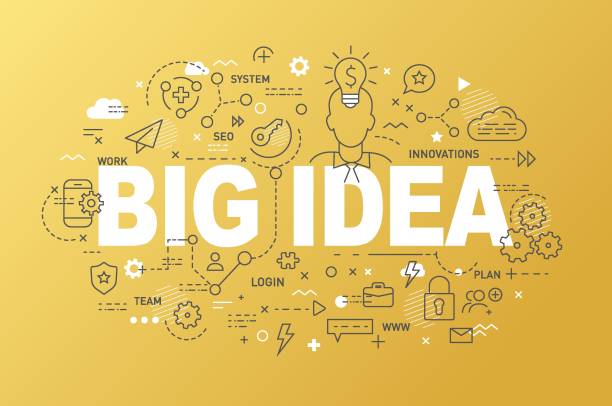
URL structure is another important factor in on-page SEO.
Website page URLs should be short, descriptive, and include relevant keywords.
Long and complex URLs can be confusing for search engines and users.
It is best to use structured and logical URLs that are easily understandable.
For example, instead of using URLs like `example.com/page?id=123`, use URLs like `example.com/blog/seo-internal`.
Internal links also play an important role in on-page SEO.
Internal links help search engines understand your site’s structure and easily navigate between different pages.
Also, internal links help users access relevant information and spend more time on your site.
When creating internal links, use appropriate anchor text that provides an accurate description of the destination page and includes relevant keywords.
Try to place internal links naturally and strategically in your content and avoid creating excessive links.
By optimizing URL structure and internal links, you can help search engines index your site better and help users have a better user experience.
This will improve your site’s ranking in search results.
Are you worried that your company’s old website is driving away new customers? Rasaweb solves this problem with a modern and efficient corporate website design.
✅ Increases your brand credibility.
✅ Helps attract targeted customers.
⚡ Contact Rasaweb for a free consultation!
Optimizing Images and Videos

Images and videos play an important role in the attractiveness and engagement of users with your website.
By optimizing images and videos, you can improve your site’s on-page SEO and attract more traffic.
To optimize images, you must first use appropriate formats such as JPEG, PNG, and WebP.
The WebP format is specifically designed for the web and has a smaller size compared to other formats.
Also, you should reduce the size of the images to increase page loading speed.
You can use image compression tools like TinyPNG and ImageOptim for this.
When uploading images, be sure to use the `alt` attribute and provide a detailed description of the image.
The `alt` attribute helps search engines understand the content of the image and display it in search results.
To optimize videos, you should use video hosting platforms such as YouTube and Vimeo.
These platforms help you easily upload and share your videos.
Also, you should choose appropriate titles, descriptions, and tags for your videos to be seen better in search results.
By optimizing images and videos, you can improve the user experience and help search engines better understand your site’s content.
This will improve your site’s ranking in search results and increase traffic.
On-page SEO can be very effective in this area.
Optimizing Page Loading Speed
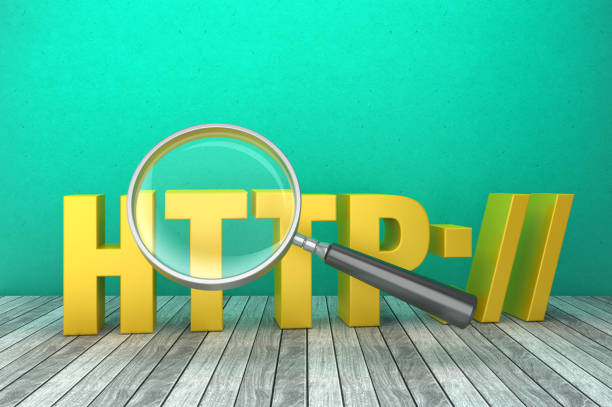
Page loading speed is one of the important factors in on-page SEO and user experience.
Users expect website pages to load quickly, and if a page takes too long, the likelihood of a user leaving the site increases.
Google also considers page loading speed as one of the ranking factors.
You can use different methods to optimize page loading speed.
One of the most important methods is to reduce the size of images and CSS and JavaScript files.
Also, you can use caching systems to display your site’s content to users quickly.
Using a Content Delivery Network (CDN) can also help improve page loading speed.
CDN stores your site’s content on different servers around the world and selects the closest server to users to load the content quickly.
In addition, you should avoid using too many unnecessary plugins, as these plugins can slow down the page loading speed.
By optimizing page loading speed, you can improve the user experience, reduce the bounce rate, and increase your site’s ranking in search results.
On-page SEO is very important in this area and should be taken seriously.
Responsive Design and Mobile Compatibility

Given the increasing use of mobile devices for browsing the internet, responsive design and mobile compatibility are of great importance.
Responsive design means that your website automatically adapts to the screen size of different devices (such as mobile, tablet, and desktop).
Google also prefers websites that are mobile-friendly in search results.
To create a responsive website, you can use CSS frameworks like Bootstrap and Foundation.
These frameworks help you easily create a responsive website and ensure its compatibility with different devices.
Also, you should make sure that the fonts, images, and other elements of your website are displayed correctly on mobile devices.
In addition to responsive design, you should also pay attention to page loading speed on mobile devices.
Mobile users expect website pages to load quickly, and if a page takes too long, the likelihood of a user leaving the site increases.
With responsive design and mobile compatibility, you can improve the user experience, attract more traffic from mobile devices, and increase your site’s ranking in search results.
These are among the key points of on-page SEO.
| Feature | Description |
|---|---|
| Responsive Design | The website adapts to the screen size of different devices. |
| Loading Speed | Website pages should load quickly on mobile devices. |
| Fonts and Images | Make sure the fonts and images are displayed correctly on mobile devices. |
Using Schema Markup
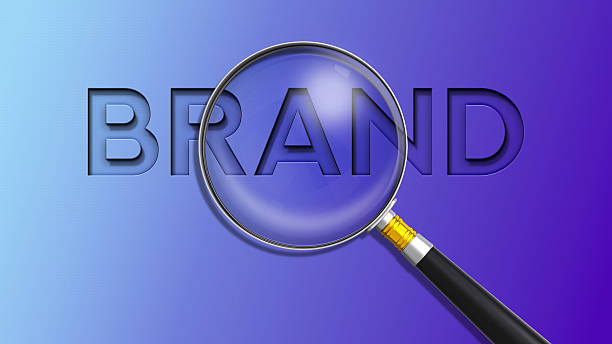
Schema Markup is a code that helps search engines better understand your website’s content and display richer information in search results.
By using Schema Markup, you can provide information such as business name, address, phone number, business hours, user reviews, and events to search engines.
This information can be displayed in search results as a Rich Snippet and increase your site’s click-through rate (CTR).
To use Schema Markup, you can use various tools such as Schema Markup Generator and Google Structured Data Markup Helper.
These tools help you easily create Schema Markup code and place it on your website pages.
Schema Markup is an advanced on-page SEO technique that can have a dramatic impact on your site’s ranking in search results.
By using Schema Markup, you can help search engines better understand your site’s content and help users quickly find the information they need.
This will improve the user experience and increase your site’s traffic.
Therefore, using Schema Markup is a valuable investment for your site’s on-page SEO.
Do you dream of a thriving online store but don’t know where to start?
Rasaweb is your comprehensive online store design solution.
✅ Attractive and user-friendly design
✅ Increased sales and revenue⚡ Get a free consultation
Improving User Experience (UX)

User experience (UX) plays an important role in on-page SEO.
Google gives a higher ranking to websites that offer a good user experience.
User experience includes various factors such as ease of use of the site, page loading speed, attractive design, and quality content.
To improve the user experience, you should pay attention to the needs of users and try to create a site that is easy to use and quickly provides the information users need.
Also, you should use an attractive and professional design and provide quality and relevant content.
To evaluate the user experience of your site, you can use various tools such as Google Analytics and Hotjar.
These tools help you analyze the behavior of users on your site and identify the strengths and weaknesses of your site.
By improving the user experience, you can reduce the bounce rate, increase the time users spend on the site, and improve the conversion rate.
This will improve your site’s ranking in search results and increase traffic and sales.
Therefore, improving the user experience is a valuable investment for your site’s on-page SEO and should be taken seriously.
Continuous Monitoring and Improvement

On-page SEO is a continuous process and requires continuous monitoring and improvement.
After implementing on-page SEO techniques, you should regularly review the performance of your site and make the necessary changes.
You can use various tools such as Google Analytics and Google Search Console for this purpose.
Google Analytics helps you analyze your site’s traffic and review user behavior.
Google Search Console also helps you identify technical problems on your site and review your site’s performance in search results.
With continuous monitoring and improvement, you can keep your site’s on-page SEO optimized and increase your site’s ranking in search results.
Also, you should pay attention to changes in search engine algorithms and update your on-page SEO strategy based on these changes.
Successful on-page SEO is not an overnight success and requires effort and patience.
With continuous monitoring and improvement, you can achieve your desired results and increase your site’s traffic and sales.
Remember that on-page SEO is one of the most important factors for success in the online world and you should pay special attention to it.
Frequently Asked Questions
| Question | Answer |
|---|---|
| What is a Meta Title and why is it important in on-page SEO? | The meta title is the most important element of on-page SEO that is displayed at the top of the browser tab and in search results. This title helps search engines and users understand the main topic of the page and should include the main keyword. |
| What role does the Meta Description play in on-page SEO? | The meta description is a short summary of the page content that is displayed in search results below the title. Although it does not directly affect ranking, its attractiveness can increase the click-through rate (CTR). |
| How should keywords be used in page content? | Keywords should be used naturally and relevantly in strategic locations such as the title, headings, first paragraph, and body text. Avoid excessive keyword stuffing. |
| What is the importance of high-quality and comprehensive content in on-page SEO? | High-quality, unique, informative, and comprehensive content that meets the user’s needs is of great importance. Search engines give a higher ranking to content that creates real value. |
| What is the application of heading tags (H1-H6) in the structure of on-page SEO? | Heading tags (H1, H2, H3, etc.) are used to structure content and specify the importance of different sections. H1 is the main title of the page and each page should only have one H1. Other tags are used for subheadings. |
| How to optimize images to improve on-page SEO? | To optimize images, use descriptive alternative text (Alt Text) that includes relevant keywords, reduce the image file size without losing quality, and use meaningful and relevant file names. |
| What are the characteristics of a friendly URL for on-page SEO? | A friendly URL should be short, readable, descriptive, include main keywords, and without extra characters. The URL structure should be hierarchical and logical so that it is understandable for both users and search engines. |
| How does internal linking help on-page SEO? | Internal linking, by connecting related pages to each other, helps users and search engine crawlers to better understand the site’s structure, transfer page authority, and increase the user’s time on the site. |
| What is the impact of page loading speed on on-page SEO? | High loading speed is critical for both user experience and SEO ranking. Slower pages may be ignored by search engines and lead to an increased bounce rate. |
| Why is mobile-friendliness so important in on-page SEO? | Given the increasing number of searches via mobile devices, having a responsive and mobile-friendly site is essential for user experience and ranking in search results (Google’s mobile-first indexing). |
And other services of Rasa Web advertising agency in the field of advertising
Smart advertising campaign: a fast and efficient solution for user interaction with a focus on intelligent data analysis.
Smart advertising campaign: a combination of creativity and technology to increase website visits through a content strategy focused on SEO.
Intelligent data analysis: a dedicated service to grow website visits based on the use of real data.
Intelligent direct marketing: a combination of creativity and technology to improve SEO rankings by optimizing key pages.
Intelligent digital branding: a fast and efficient solution to increase website visits with a focus on attractive user interface design.
And more than hundreds of other services in the field of internet advertising, advertising consulting and organizational solutions
Internet advertising | Advertising strategy | Advertorial
Resources
Zoomit – Website On-Page SEO Guide
,Aparat – On-Page SEO
,Faraz SEO – On-Page SEO
,Raya Marketing – On-Page SEO
? To reach the peaks of success in the digital world, Rasaweb Afarin Digital Marketing Agency, specializing in SEO, content marketing, and multilingual website design, paves the way for your business growth.
📍 Tehran, Mirdamad Street, next to the Central Bank, Kazerun South Alley, Ramin Alley, No. 6

